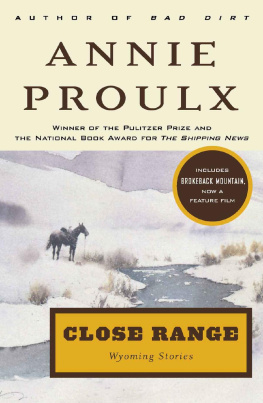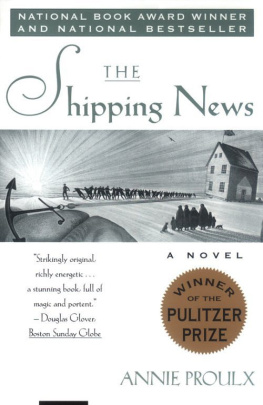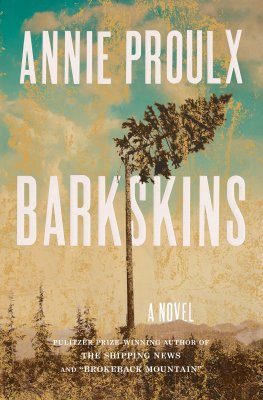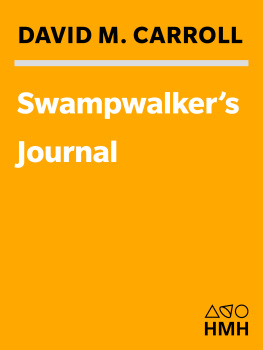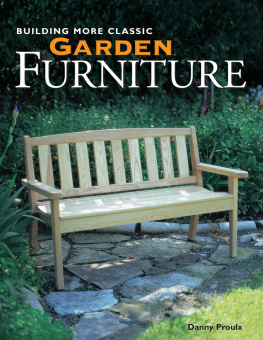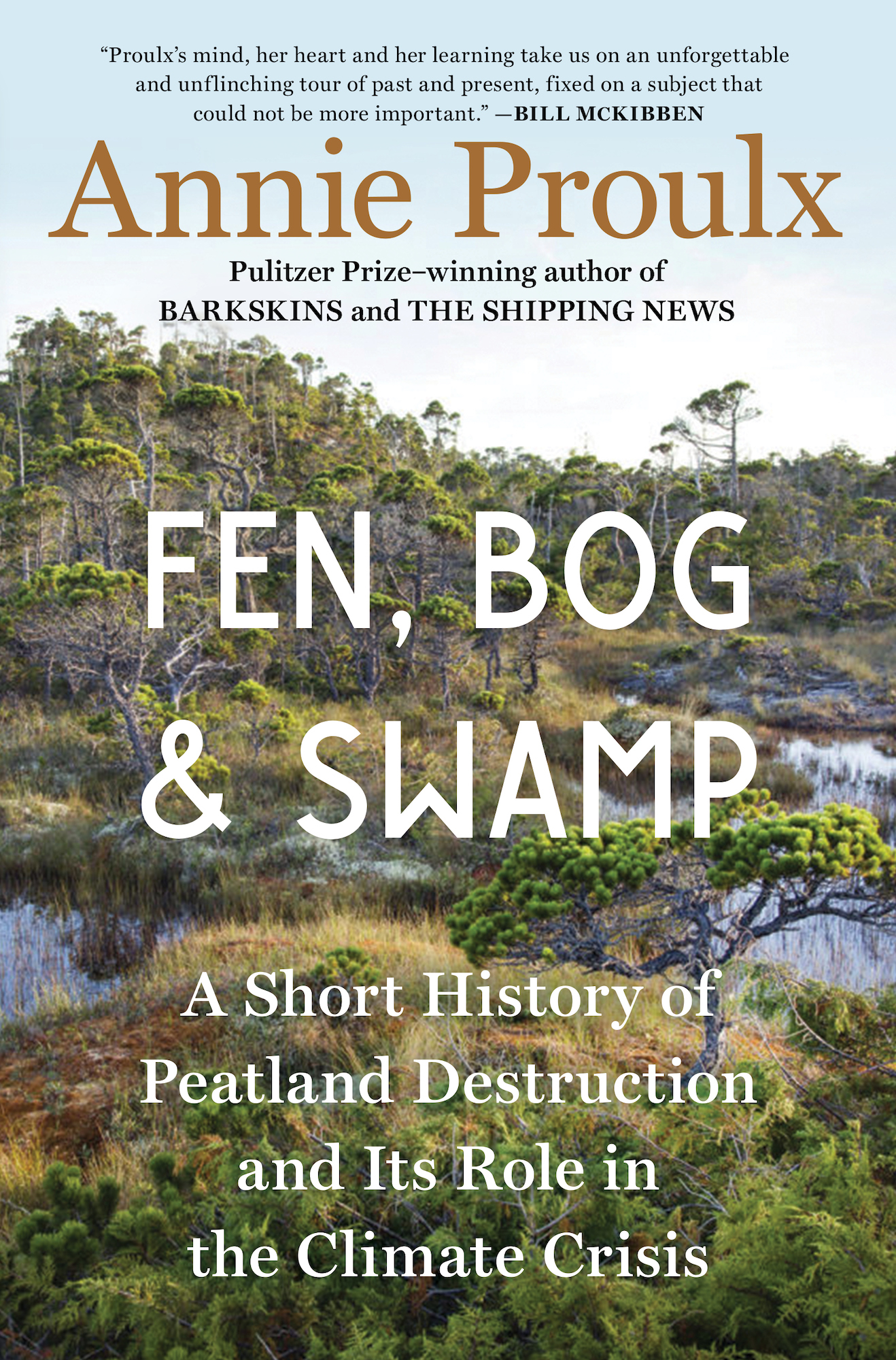Contents
Guide
Proulxs mind, her heart and her learning take us on an unforgettable and unflinching tour of past and present, fixed on a subject that could not be more important. Bill McKibben
Annie Proulx
Pulitzer Prizewinning author of Barkskins and The Shipping News
Fen, Bog & Swamp
A Short History of Peatland Destruction and Its Role in the Climate Crisis
This little book is dedicated to the people of Ecuador who made their land the first country in the world to include legal rights for natural ecosystems in its constitution. The recent ruling against mining companies to protect the Andean cloud forest Los Cedros is a significant event for the world.
Why fens, bogs and swamps?
T hese pages started out as a personal essay to help me understand the wetlands that are so intimately tied to the climate crisis. The literature is massive and I had to narrow down the focus to those special wetlands that form the peat that holds in the greenhouse gases CO2 and methanethe fens, bogs and swamps and how humans have interacted with them over the centuries. The essay grew into this small book. I am not a scientist and much of the material I found was presented in specialized vocabularies which I have tried to avoid when possible. I suspect this gulf of esoteric language is an important part of the disconnection between science and ordinary readers.
There are people who are fond of tracing ideas and their connections in unlikely places and old books; I am one of them. I am easily enchanted when an odd idea or phrase looms on a page, often showing an invisible link. It is a little like a foggy summer morning when we can see beaded spiderwebs strung between stalks and stems, between tree and ground, twig and leaf. As the sun heats the earth the droplets evaporate, and the illusion that the entire world is held together by fine spider threads evaporates with it.
Annie Proulx
FEN: A fen is a peat-forming wetland that is at least partly fed by waters that have contact with mineral soils, such as rivers and streams flowing in from higher ground. Such minerotrophic water can support reeds and marsh grasses. Fen waters tend to be deep.
BOG : A bog is a peat-making wetland with a water source that is not in contact with mineral soilrainfall. The ombrotrophic water supports sphagnum mosses. Bog waters tend to be shallower than those in fens.
SWAMP : A swamp is a minerotrophic peat-making wetland dominated by trees and shrubs. Its waters tend to be shallower than those of fens and bogs.
I followed William J. Mitsch and James G. Gosselink, Wetlands, 2015, 5th ed. (Wiley), for definitions and explanations of wetland processes.
1. Discursive Thoughts on Wetlands

Adventure with Curl-Crested Toucans by Josiah Wood Whympe
I believe that whatever time you are born into shapes your perception of humankind vis--vis the natural world. I was born in 1935 in still-rural eastern Connecticut. Both my parents were descended from seventeenth-century settlers in North America. In 1935 they were two generations past the transition from independent farming to textile mill work and struggling with a more modern transition from the textile mills to middle-class white-collar lives, yet both families still kept chickens and a cow. My mothers family included furniture makers and artists. They all were amateur naturalists who knew the habits and habitats of birds, insects and amphibians, who could name every wildflower, every tree and the uses of its wood. They had a camp on Lake Quinebaug where my cousins and I learned to swim. They had a private reverence for mossy quiet woods, were always thrilled to see wild hawks streaming north on their spring migrations. My earliest memory is of sunlight filtering through leaves when I was put to nap under a tree. From this family in that decade I was given a glimpse of the intricate complexities of the natural world. I am anchored in that childhood time when to recognize a sassafras bush from its mitten-shaped leaves was the sense of finding a friend in the woodland fringe. I thought I knew something of the world.
As I grew older and read and traveled I learned that the 1930s were years of vile human behavior in a world that hubristically considered itself civilizedyears of economic collapse, a global depression and mass poverty, severe and prolonged drought, gulags, strong-man leaders, intense nationalist demagoguery, ethnic atrocities, deforestation, lynching, gangsters, trafficking. In the ever-continuing name of Progress, Western countries busily raped their own and other countries of minerals, timber, fish and wildlife. They built dams and drained wetlands. It was the last decade of existence for the ivory-billed woodpecker in the southern swamps. Governments and entrepreneurs straightened and dammed river courses, smothered coastlines with rip-rap, dynamited mountains and gouged deep mines, defiled the skies. Yet my life-start in the middle of this notorious decade, part of a larger time frame that has been called the psychozoic now seems a time-capsule anomaly. Today I can see the period as a harbinger of the awfulness of the present. But in 1938 I was three years old and knew nothing of looming war nor murderous dictators nor exultant profiteers destroying wild places nor pandemics, insurrections or poisonously intoxicant politics.
My compassed childhood rural world was filled with novelties. One day my mother led me through a blueberry thicket to a sudden swamp where she jumped from dry land to a grass tussock, then to another, and I tried to follow. I made it to a quivering clump and looked down into the water. Something stirred up a pale cloud of mud. My mothers arm rose and fell in a descriptive arc. The next tussock was distant and its grass stalks were strung with a zigzag centerline web occupied by a yellow-and-black tigerish spider. If I jumped I would fall into the sinister water or land in the spiders arms. So I bawled, and my mother carried me back to solid ground and we made our journey around the perimeter, and, where possible, into the interior of the swamp, past dead tree snags guarded by raging birds, skirting pools of water lilies whose somnolent musk no perfumer has ever duplicated. Thousands of spider strands laced stems and reeds, attached to half-sunk logs; frogs were everywhere, their pop-up eyes glaring over the edges of lily pads; unseen distant creatures splashed into hiding. It was frightening and exciting. This place, so unfamiliar and strange, was my first experience of geographical Otherness, my first thrill of entering terra incognita. The Polish artist-writer Bruno Schulz touched the moment when he wrote, we manage to acquire images in childhood that carry decisive meanings for us. They function like those threads in the solution around which the significance of the world crystallizes for us. For me this statement is true. I hope it was true for Schulz and that his final thought was of a golden childhood imageperhaps that lambent night described in The Street of Crocodiles when the child-narrator wanders the city lost in moon-daze, but more likely it was the image that haunted him through his life of a cab, with a hood on top and lanterns blazing, emerging from a nocturnal forest when he fell.



